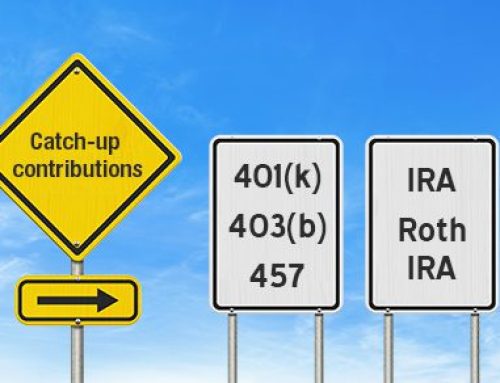Depreciation is a reduction in the value of an asset over time resulting from wear and tear, deterioration or obsolescence. The tax law acknowledges depreciation by allowing taxpayers to take deductions over a period of years. The number of years over which the property can be depreciated depends on the category into which it falls under the Modified Accelerated Cost Recovery System (MACRS), which applies to business assets acquired after 1987.
Most commercial buildings must be depreciated for tax purposes over a period of 39 years. Yet most personal property (furniture, equipment, etc.) is depreciable over considerably shorter periods. And, new personal property is eligible for additional first-year depreciation, or bonus depreciation, allowing businesses to deduct a large percentage of the purchase price of eligible assets.
In contrast, among buildings or building improvements, only certain building improvements are eligible for bonus depreciation and/or immediate write-offs. I.e., if a specific item is classified as personal property rather than as a part of a building, the depreciation deductions for that item will generally be available sooner. So, in economic terms it will have a greater “present value” to the property owner.
This is the essence of cost segregation studies. They identify and reclassify personal property assets that are grouped with real property assets to shorten their depreciation time for tax purposes.
As it is desirable to properly allocate between improvements and land, it is equally important to take steps to identify and document items that are personal property and the items that are structural building components.
For example, an ordinary chair is personal property (depreciable over 5 or 7 years), but a load-bearing brick wall is a structural component of a building (depreciable over 39 years). However, for many items such as lighting fixtures, signs, floor coverings, wall coverings, plumbing, electrical systems, and heating and cooling systems the distinctions are governed by tax rules that can be complex, can involve projections as to the future use of the items, and may even necessitate consultation with engineers or other construction experts.
After the personal property and building items are separately identified, they must be separately valued, either by an appraisal, a breakdown of construction costs, or both.
A cost segregation study can also “look-back” on property placed in service in years past. For instance, let’s say you constructed a commercial building seven years ago but did not have a cost segregation study performed at that time. Today, a cost segregation look-back study could be performed to “catch-up” the accelerated depreciation deductions missed over the last seven years. And, there’s no need to amend seven years of prior tax returns. This special “catch-up deduction” can be claimed by filing for a change in accounting method and deducting the full amount in the current tax year.
The main benefit of conducting a cost segregation study is that the business may be able to reduce its tax liability and taxable income, which can mean increased cash flow. There are a number of other advantages as well:
- Assets can be depreciated over a shorter time, resulting in lower tax payments. This can free up cash that can be used to meet other needs.
- Cost segregation studies can establish the depreciable tax value of certain building components that are likely to be replaced in the future.
- They can also identify opportunities for other tax credits and deductions.
- Cost segregation study documentation creates an audit trail that can prove invaluable in the event of an IRS audit.
The Tax Cuts and Jobs Act of 2017 expanded the benefits of cost segregation studies. Among the most notable changes are:
- The expansion of property qualifying under IRC Section 179, which allows businesses to deduct the full purchase price of qualifying equipment and software purchased or financed during the tax year. The changes apply to assets placed in service in tax years after 2017.
- The rules for bonus depreciation have changed. A business must claim first-year bonus depreciation deductions for qualified property placed in service during the year unless it elects out by property class.
- The same property may be eligible for both changes.
Cost segregation studies aren’t appropriate for every business. The downsides include: the cost of the study (especially for businesses that aren’t currently profitable), the possibility of triggering depreciation recapture (i.e., the amount of income that must be reported when the sale price of an asset exceeds its tax basis or adjusted cost basis) and understatement penalties for taxpayers that use cost segregation too aggressively (the penalties for “aiding and abetting” can be quite severe).
Special knowledge and experience is essential, so consult with your Dalby Wendland advisor before you engage in a commercial real estate acquisition or if you think you may benefit from a cost segregation study on your existing real estate.
Mike is a tax supervisor with Dalby, Wendland & Co. In addition to tax and advisory work, he is often engaged for research projects. Mike works with various industries, but specializes in nonprofits and trust and estates. He is a member of the American Society of CPAs and is the president of the Western Slope Chapter of the Colorado Society of CPAs. He is also an active member of Young Professionals Network of Mesa County and the Grand Junction Area Chamber of Commerce Diplomats.




